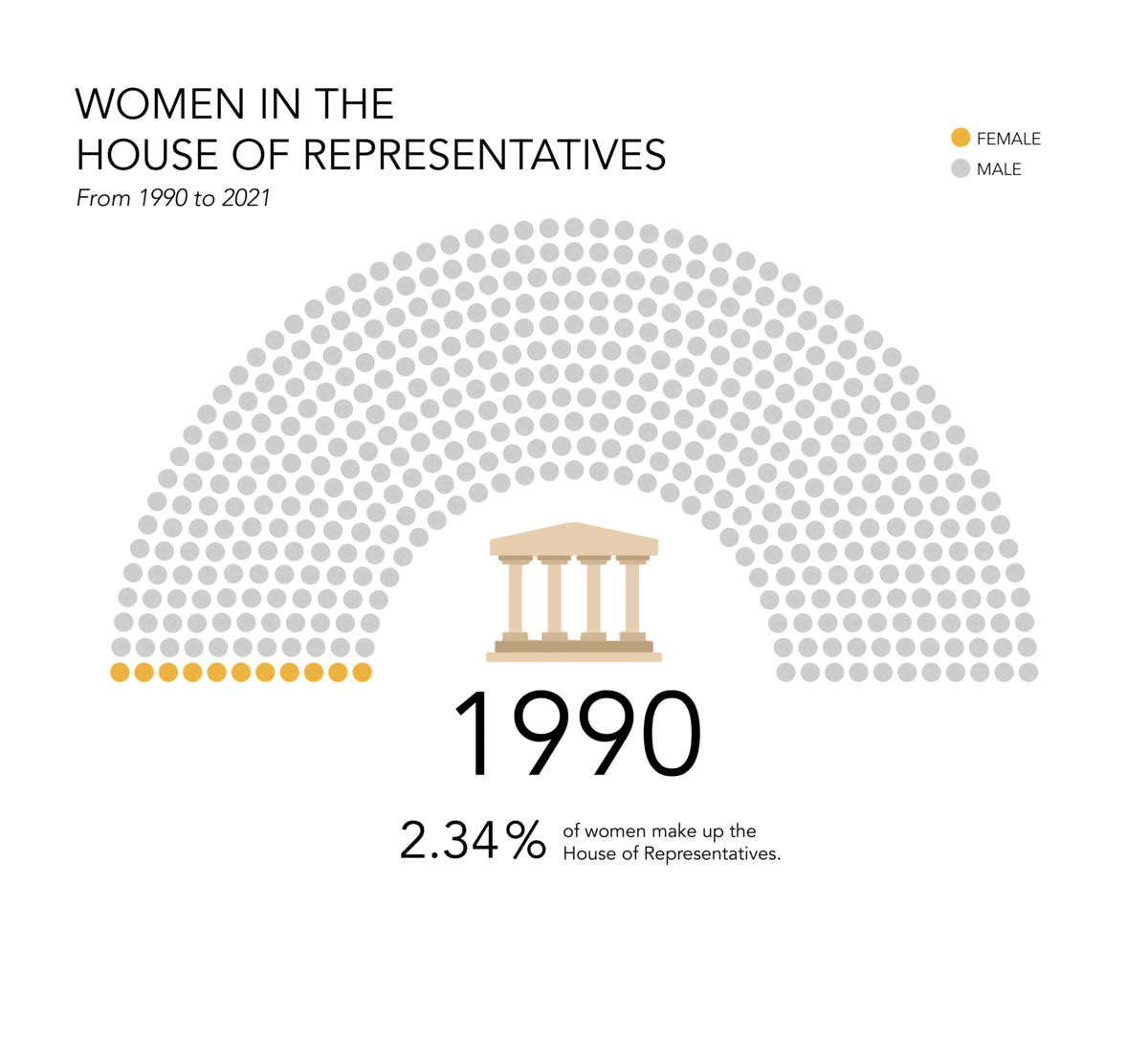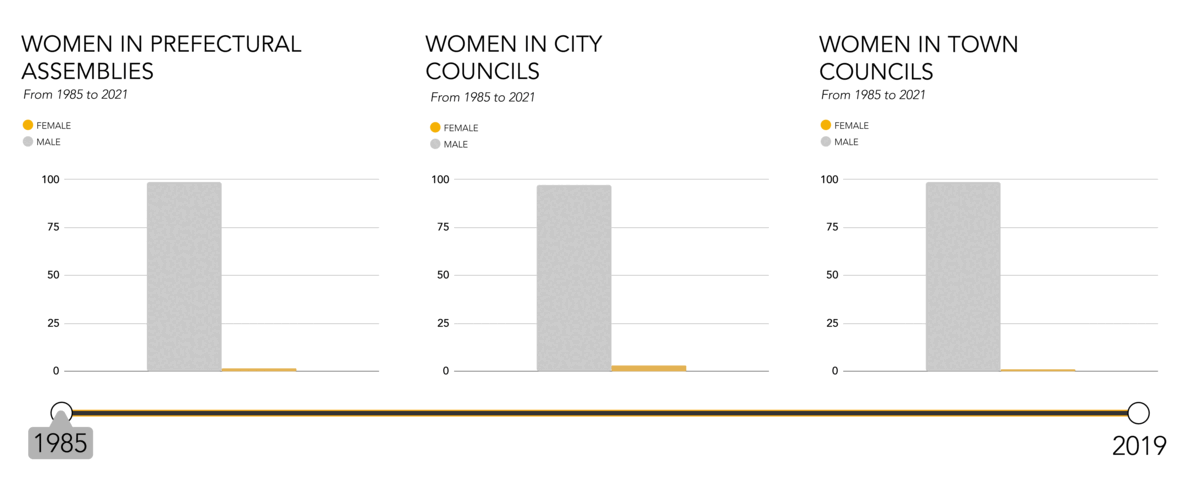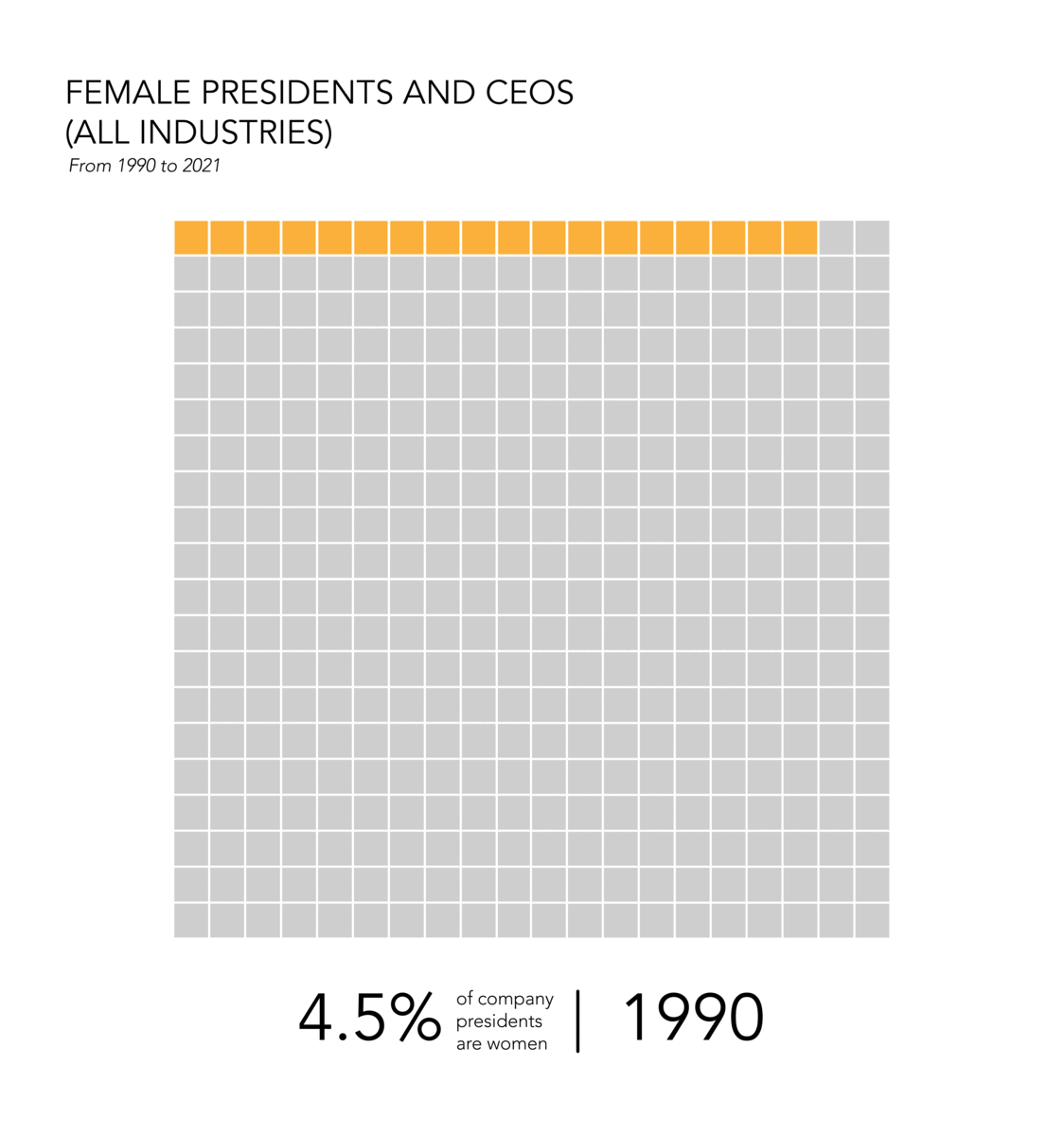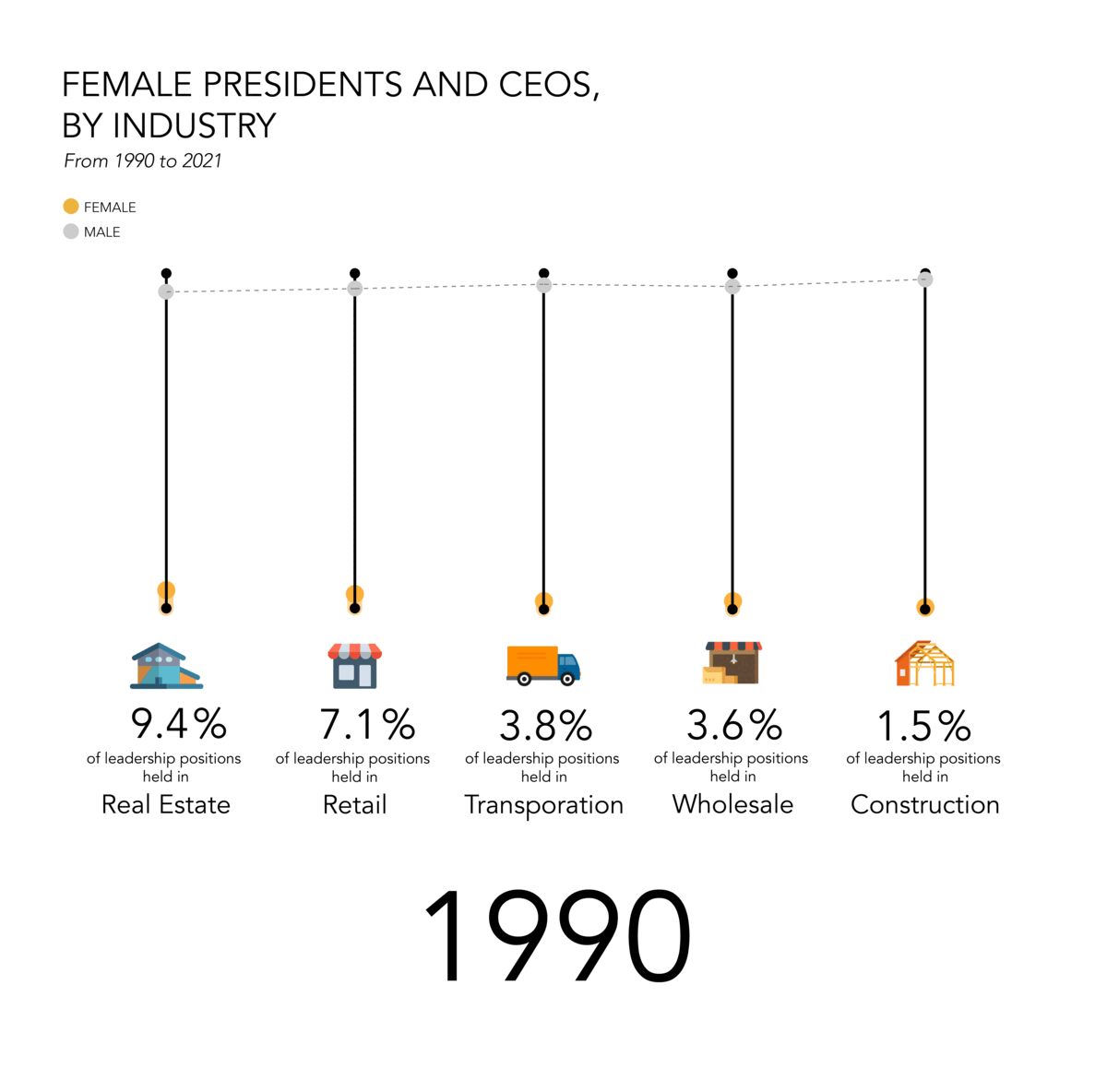Japan’s Centuries-Long Cultural Rot: Gender Inequality
April 2, 2022
Gender equality. A term that refers simply to the guarantee of equal rights, resources, and opportunities for all genders. And yet, the reality of Japanese politics and culture seem to paint a drastically different picture to this apolitical idea, having misconstrued and twisted it—so much so that we, as a society, appear to have lost sight of the core issues that institutionalize unequal structures in Japanese society.
For centuries, Japanese women have been trying to break a glass ceiling that has stayed intact from time immemorial. The history of feminism in Japan dates back to the Meiji Restoration, which improved the status of women by granting them the right to request a divorce, attain an elementary-school education, and other advancements. But it was not until the ratification of the 1946 Constitution that women’s suffrage was recognized as a constitutional right, and it would take another five decades until birth control pills were legalized nationally.
Today, several centuries and one constitutional upending later, Japan still ranks 120th among 156 countries in terms of its gender parity, according to the World Economic Forum. Feminism, a term rarely uttered in the chambers of the Diet to this day, remains a controversial and delicate topic for many—an appalling fact when taking into consideration the 43% wage gap between the average Japanese man and woman. Despite pressing issues concerning toxic work cultures, an aging population, and growing monoculturalism, the problem of female representation remains relatively untouched, having insidiously threaded its way into Japan’s social fabric.
In the political and corporate spheres of the world, it is our leaders that often have the loudest voice in promoting certain narratives and agendas. This makes it important as ever, to select and elect those in power that accurately reflect righteous values and morals. Despite this, leaders such as Aso Taro, the Deputy Prime Minister of Japan, have blatantly abused their position of power. When confronted with a question regarding Japan’s declining population early in 2019, he boldly proclaimed that “Those who don’t give birth are the problem,” prompting immediate backlash. Taro’s statement—which was subsequently crowned as the most sexist remark made by a 2019 politician in an internet poll—grossly miscalculates the issues that underlie Japan’s tepid birth rate and boggles the modern mind with its insensitivity.
Often, it is our leaders that reflect, perpetuate, and reinforce widely-held notions of gender—a trend that manifests itself worryingly in Japan, through politicians like Aso Taro, to gargantuan corporations and lobbyists. Thus continues the crystallization of traditionally held narratives in Japanese culture, stifling the efforts of progressive interest groups and activists.
However, it is also our leaders that wield the power to shatter these misogynistic narratives, as incendiary figures such as Kathy Matsui and Chizuko Ueno have done in the past few decades. Therefore, the issue of Japanese gender inequality seems to stem from an insufficient number of leaders who openly support the advancement of females.
Who, then, has had the loudspeaker to advocate for the advancement of females until now?
In my venture to answer this question from the most objective standpoint possible, I gathered data points from the Teikoku Databank, the Gender Equality Bureau Cabinet Office, and the Inter-Parliamentary Union, which narrate Japan’s slow march towards gender equality in corporate and political leadership during the past three decades.
The Political Sphere

The political sphere is very often reflective of the state of a society at a certain point in time, and conversely, the state of a society can be quite telling of its political culture. This can certainly be said of Japan.
Fostered in large part by the refusal of parties to run female candidates and a decades-long history of female harassment within Parliament, females make up a mere fifth of all seats across both chambers. Alongside these issues stand a society that consistently reinforces confining gender roles and norms, institutionalizing the notion that politics is a male-dominated field.
Sejin Yu, the student leader for the SAGE (Students Advocating for Gender Equality) Club at ASIJ, expands upon this issue, stating that ultimately, it is “the conservative and confining values in Japanese society” that “form the basis for the difficulties for women in political leadership.”

Despite a political culture that is largely dismissive of the pressing need for more female representation, recent examples have been made by leaders to counter traditional narratives.
For instance, Japan’s Environment Minister Shinjiro Koizumi announced in early 2020 that he would be taking paternity leave, to equal applause and criticism from the public. Making history as the first cabinet minister to do so, Koizumi’s decision paved the way for male and female politicians alike.
When considering the immense hurdles Koizumi—a member of the Japanese political elite—overcame in obtaining his two-week leave, one can only fathom the difficulty that other less privileged professionals may have.
In fact, many scholars cite the difficult balancing act females often have to juggle between the pressure to support children and focusing on career advancement as a key deterrent for many females in entering the political sphere. ASIJ senior Sejin Yu echoes this sentiment, explaining that the stereotypical role of a caretaker is often “pushed upon women.” This pressure has made it extremely difficult for Japanese females to even consider politics, much less seek paternity leave while in office.
Today, females only represent 22.95% of total seats in the House of Councilors and 9.68% of total seats in the House of Representatives —numbers that are shockingly low, but unsurprising, considering Japan’s current state of society.

A look at the gender breakdown of representatives participating in local-level politics solidifies the magnitude of this issue. That being said, between 1985 and 2019, the number of females in local politics rose by a factor of 10 across prefectural assemblies, city councils, and town councils—dovetailing the two-fold increase in female representation in the national House of Representatives from 1990 to 2021.
However, taking into account that females initially made up 1.3%, 3.0%, and 0.9% of prefectural assemblies, city councils, and town councils, respectively, it is difficult to determine whether this steady increase in female representation is a result of worldwide advances in closing the gender gap during this period. Or, if Japanese voters faced a cultural reckoning over their traditional views on women in politics.
Japan’s gender gap issue cannot be solved with traditionality and complacency. Having female local representatives is significant because they act as our first line of government and have the power to affect higher levels of politics. Different from the seemingly otherworldly presence of national-level politicians, these local representatives are the individuals that ensure that our schools and fire departments are funded. As many national politicians first run for office in local elections, reforming local politics to be more representative of its electorate is crucial in transforming the makeup of Japan’s parliament. But despite the positive rise in female representatives lately, women still face high barriers when entering local politics.
The hereditary nature of Japanese politics stands as an obstacle for female political newcomers. In fact, approximately 30% of members in the House of Representatives are “nisei,” or second-generation politicians. Only 3 out of the 30 most recent prime ministers did not have any family members that were former politicians. In an environment in which office elections are predicated on family ties, it comes as no surprise that the views and backgrounds of politicians on both the local and national levels have remained relatively unchanged.
Why does this all matter? Because our elected leaders are paid by us to represent our values and ideas. Not only do our politicians legislate and govern, but they serve as figures of empowerment and inspiration for our youth today. “Taking this bigger picture into account, increasing the number of women in politics and business circles and focusing on the individuals involved as the key political players can pave the way for a more rounded understanding of our lives and experiences,” explains Nao Shibanoki of HerStory Japan, an NPO focused on female empowerment. By inspiring the youth of society, female leaders pave the way for a better, more equitable future.
Thus, by ignoring the importance of placing qualified female leaders at the center of our national and local politics, we risk losing the possibility of hearing diverse voices and perspectives—perspectives that will make gender parity a first priority.
The Corporate Sphere 
Unsurprisingly, the effects of such historical and systemic differences in political representation bleed into the private sector as well. As visualized on the left, less than 5 in 100 females served in the positions of president or CEO in 1990—a figure that caused alarm for the Hashimoto administration and led to the formation of The Basic Act for Gender-Equal Society, which went into effect in June 1999 with the objective of eliminating systemic barriers to participation in both public and private sectors of society.
Yet, anti-feminist rhetoric continues to ripple throughout corporate Japan to this day. In 2021, less than 1 in 10 females served in these top positions, leaving much to be desired for feminist advocates and international communities alike.
“Although Japan is trying to implement gender equality, this is still being done fundamentally within the same rigid social structure, which is already structured around male values and norms,” explains Nao Shibanoki of HerStory Japan. Shibanoki elaborates on this phenomenon, saying that females that achieve upward mobility in their workplaces are expected to “perform in a masculine way” to succeed. In her view, these confining expectations cultivate a workplace culture in which females struggle to rise to leadership positions and are disproportionately represented.

ASIJ senior Sejin Yu adds on to the issue of traditional gender expectations in Japan, citing the lack of child support in many work environments as a disincentive for women to apply for more time-consuming and high-paying jobs. This is especially the case in male-dominated fields such as those highlighted above. In coordinating family and career aspirations, women often need to “choose between the two,” forcing them into an either-or situation. They are shackled to subservience, in a society that expects them to be mere caretakers and housewives.
Though the fight for gender equality in leadership is especially arduous in a country that tightly embraces its rich history and traditions, it is certainly worth fighting for. Throughout the last few decades, movements such as SAGE and HerStory Japan have helped increase female participation in the political and corporate spheres of Japan—as demonstrated in the graphs above—creating many of the millions of cracks that exist today in the nation’s glass ceiling.
After all, these graphs serve not as a cynical critique of modern Japanese society, but as a reminder of the progress the nation has made—and has yet to make—in regards to shifting the window of discourse surrounding the gender gap, especially as it manifests in areas of leadership.
It is startlingly clear that Japanese companies and politicians have not done enough to reduce barriers to female participation, reform leadership structures, and look beyond the traditionally hegemonic narratives that have prevented Japan from being inclusive. However, there are steps we can take as a community to reduce these vast inequalities, from supporting ASIJ’s SAGE club to amplifying the work of female scholars in our curriculum.
As Nao Shibanoki of HerStory Japan puts it, “For social change to happen, bottom-up and top-down approaches must align. Rather than a stand-alone phenomenon, gender-related inequality sustains the ubiquitous sexist assumptions that exist throughout our everyday lives and encourages their re-emergence.“
Graphs compiled by Hanabi using data from the Teikoku Databank, the Gender Equality Bureau Cabinet Office, and the Inter-Parliamentary Union




















